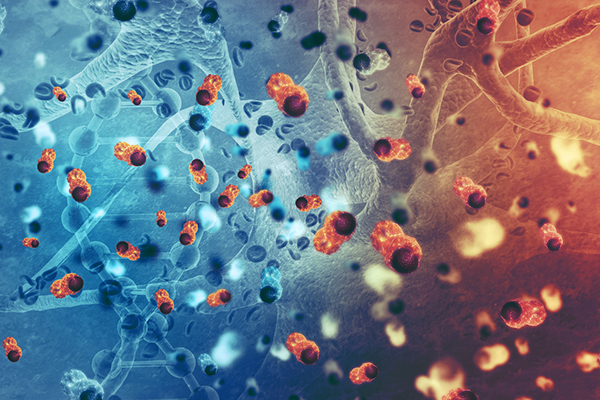The immune system struggles to defeat cancer or chronic infections because many of the T cells that leap into action end up “exhausted,” rendering them ineffective against disease. That path to exhaustion and what triggers it is a crucial one that researchers aim to better understand so they can stop or divert more T cells from heading down this path. A new Penn Medicine study published in the journal Immunity paints a clearer picture of the molecular mechanisms of newly formed, or “precursor,” T cells driving the transformation. It’s a discovery that could inform current treatments and the development of more powerful immunotherapies, cancer drugs, or both.
“What we've done here is effectively go back in time for exhausted T cells,” says senior author E. John Wherry, chair of the Department of Systems Pharmacology and Translational Therapeutics and director of the Penn Institute of Immunology. “If you understand what the exhausted T cell precursors look like and how they’re working in terms of their internal wiring, we can rewire and do better than nature intended with immunotherapies. So, essentially what you’re doing is trying to prevent the developmental path of exhaustion or change its trajectory, rather than take the end product of that pathway, the exhaustion, and try to re-engineer it.”
Read more at Penn Medicine News.








